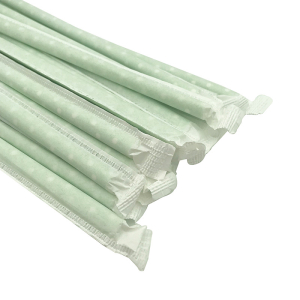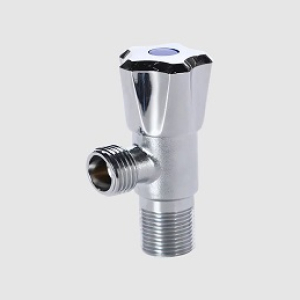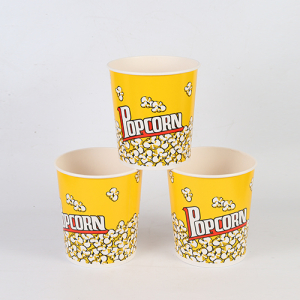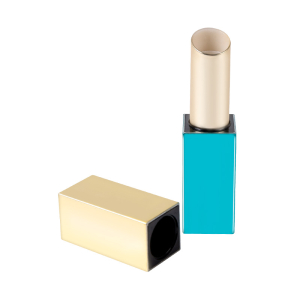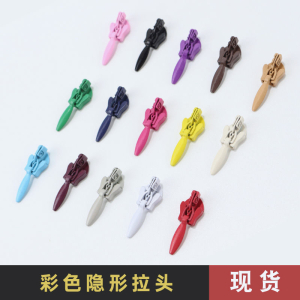Choosing the right breast pump is crucial for a successful breastfeeding journey. With various options available, it can be overwhelming to decide which one is best. Here’s a guide to help you choose the right silicone shield breast pump.
First, consider the fit of the silicone shield. It's important to choose a pump with shields that come in various sizes. A proper fit ensures comfort and efficiency while pumping. Check if the brand offers different shield sizes or adjustable shields to find the best match for your breast shape and size.
Next, evaluate the pump’s efficiency. Look for pumps with adjustable suction levels and settings to customize the pumping experience. Efficient pumps should mimic the natural sucking pattern of a baby to maximize milk extraction. Read reviews or consult with a lactation consultant to identify models known for their effectiveness.
Portability is another important factor. If you plan to pump on the go, a lightweight and compact design is essential. Consider whether the pump can operate on batteries or has a rechargeable option, which adds to its convenience. Some pumps come with carrying cases or built-in storage for easy transport.
Noise level is also worth considering. Quieter pumps are more discreet and can be used comfortably in different settings without causing disturbance. If you’ll be pumping in shared spaces, a pump with a low noise level will ensure privacy and peace of mind.
Ease of cleaning and maintenance is critical. Silicone shields are generally easier to clean, but it’s important to choose a pump with parts that can be easily disassembled and reassembled. Check if the pump parts are dishwasher safe or if they require special cleaning tools.
Lastly, consider the cost and warranty. Higher-end models may offer more features and durability, but it’s important to balance cost with the features you need. A good warranty provides peace of mind, ensuring you can get support or replacements if needed.
In summary, choosing the right silicone shield breast pump involves considering the fit, efficiency, portability, noise level, ease of cleaning, cost, and warranty. Taking the time to research and assess these factors will help you find a pump that meets your needs and supports your breastfeeding journey.

